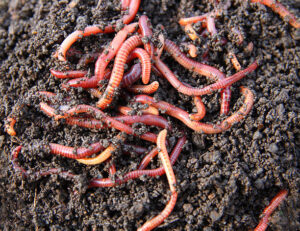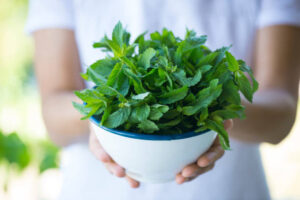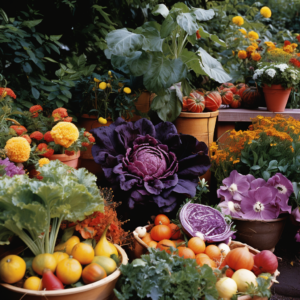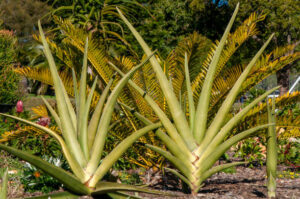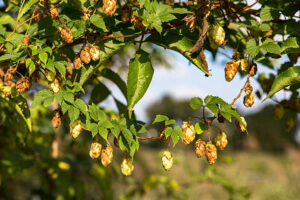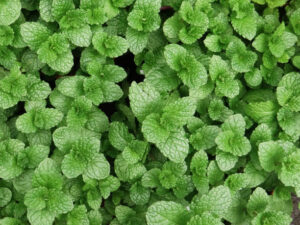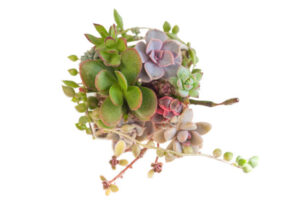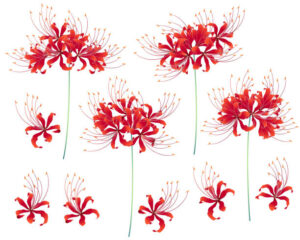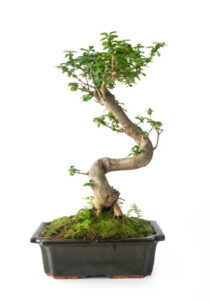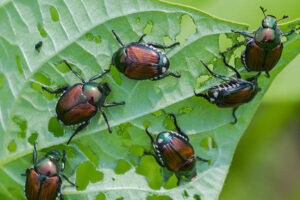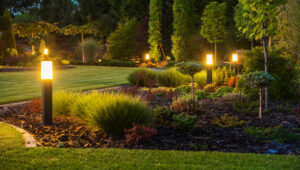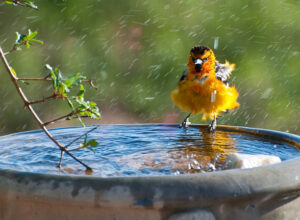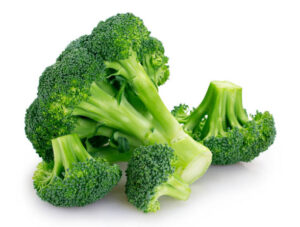Black Succulents: Adding Elegance to Your Collection
Introduction:
In the world of succulents, there’s a unique category that stands out for its striking and mysterious appearance: black succulents. These captivating plants boast deep, dark hues that add an element of elegance and intrigue to any collection. From jet-black rosettes to velvety leaves with a hint of midnight, black succulents are sure to make a bold statement in your garden or indoor space. In this comprehensive guide, we’ll delve into the world of black succulents, exploring their characteristics, care requirements, and creative ways to incorporate them into your collection. Get ready to discover the allure of these dark beauties and elevate your succulent game to a whole new level.
Exploring the Fascination of Black Succulents:
What sets black succulents apart from their green counterparts? It’s all in the color. While most succulents display shades of green, blue, or purple, black succulents take on a darker, more dramatic hue that exudes sophistication and mystery. The intense pigmentation of black succulents is often attributed to anthocyanins, pigments responsible for producing red, purple, or black colors in plants. These pigments not only give black succulents their distinctive color but also provide added protection against harsh sunlight and environmental stressors.
One of the most popular varieties of black succulents is the Echeveria ‘Black Prince,’ known for its velvety, deep purple to black leaves arranged in a tight rosette. Other notable black succulents include Aeonium arboreum ‘Zwartkop,’ with its dark, glossy foliage, and Aeonium ‘Black Rose,’ featuring rosettes of nearly black leaves tinged with shades of deep burgundy. Whether grown individually or as part of a mixed succulent arrangement, black succulents add depth and drama to any space, making them a favorite among succulent enthusiasts and collectors.
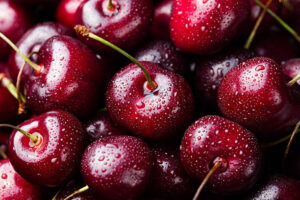
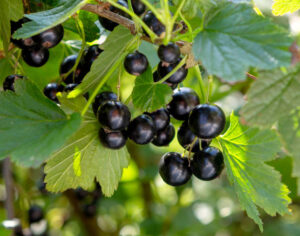
Caring for Black Succulents:
While black succulents may appear exotic and mysterious, their care requirements are similar to those of other succulent varieties. Here are some essential tips for keeping your black succulents healthy and thriving:
Light: Like most succulents, black succulents thrive in bright, indirect sunlight. Place them near a south-facing window or in a location where they can receive at least six hours of sunlight per day. Avoid exposing them to intense midday sun, as this can cause sunburn and damage the delicate foliage.
Watering: Black succulents have typical water needs for succulents, which means they prefer infrequent but deep watering. Allow the soil to dry out completely between waterings, then water thoroughly until water drains out from the bottom of the pot. Avoid overwatering, as this can lead to root rot and other moisture-related issues.
Soil: Use a well-draining succulent or cactus potting mix for your black succulents. This type of soil allows excess water to drain away quickly, preventing waterlogged conditions that can be detrimental to succulent roots. You can also add perlite or pumice to improve drainage further.
Temperature and Humidity: Black succulents are typically tolerant of a wide range of temperatures, but they prefer moderate to warm conditions. Protect them from frost and extreme cold, as prolonged exposure to freezing temperatures can damage or kill them. Keep humidity levels low, as high humidity can promote fungal growth and rot.
Fertilizing: Feed your black succulents sparingly during the growing season with a balanced, water-soluble fertilizer diluted to half strength. Apply fertilizer once a month to provide essential nutrients for healthy growth. Avoid fertilizing during the dormant winter months when succulents are not actively growing.
Creative Ways to Showcase Black Succulents:
Black succulents are incredibly versatile and can be incorporated into a variety of garden designs and indoor displays. Here are some creative ideas for showcasing the elegance of black succulents:
Monochrome Arrangements: Create stunning monochrome succulent arrangements using only black succulents or pairing them with complementary shades of gray, silver, or white. Arrange different varieties of black succulents in a shallow dish or planter for a striking display that highlights their unique colors and textures.
Contrast with Bright Accents: Offset the dark foliage of black succulents with pops of vibrant color from flowering succulents or colorful decorative accents. Pairing black succulents with bright orange, pink, or red blooms creates a visually stunning contrast that draws attention to the beauty of both the succulents and the flowers.
Terrarium Gardens: Create miniature terrarium gardens featuring black succulents, decorative stones, and other natural elements. Choose a glass container with an open top to allow air circulation and prevent moisture buildup. Layer the bottom of the terrarium with gravel or activated charcoal for drainage, then add a layer of succulent potting mix before planting your black succulents.
Vertical Gardens: Incorporate black succulents into vertical garden designs to add depth and dimension to vertical spaces. Plant black succulents in vertical planters or living walls alongside other succulent varieties to create a dynamic and eye-catching display. Vertical gardens are perfect for small outdoor spaces or as living artwork indoors.
Conclusion:
Black succulents offer a unique and captivating addition to any succulent collection, adding elegance, drama, and intrigue to indoor and outdoor spaces alike. By understanding their care requirements and exploring creative ways to showcase their beauty, you can enjoy the allure of black succulents in your garden, home, or office. Whether planted individually in pots or incorporated into larger garden designs, black succulents are sure to make a bold statement and capture the imagination of succulent enthusiasts everywhere.



